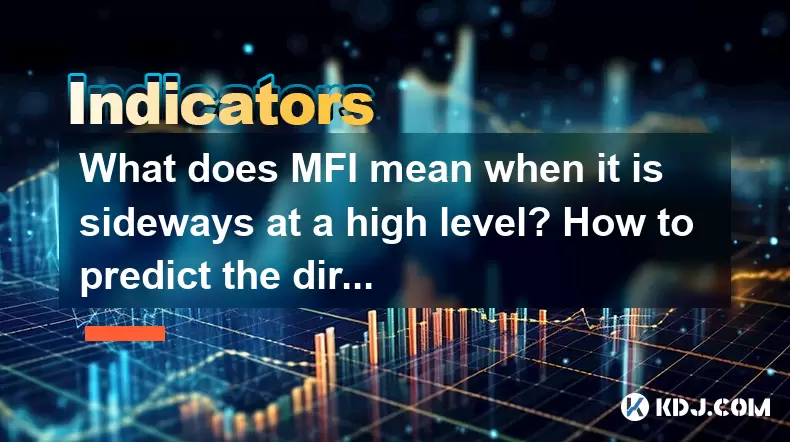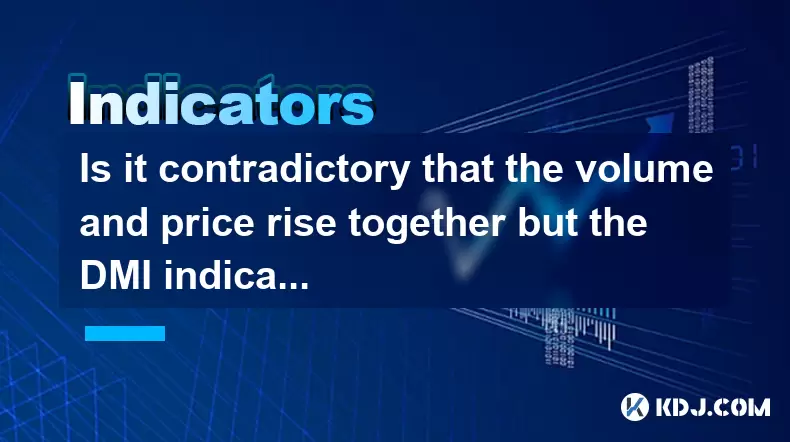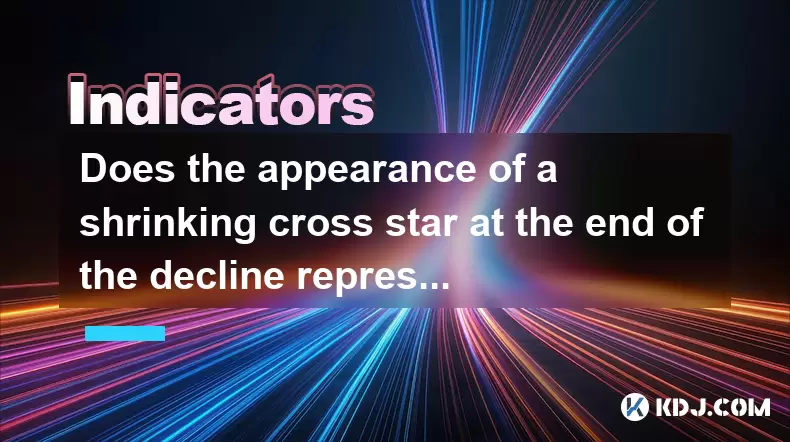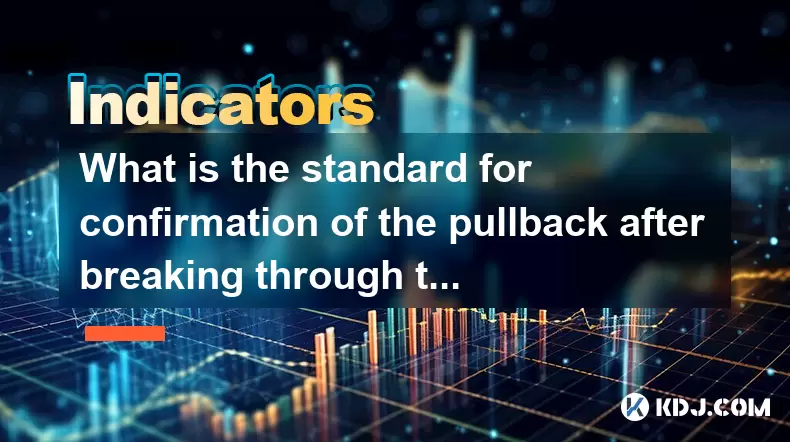-
 Bitcoin
Bitcoin $101,898.5005
-0.75% -
 Ethereum
Ethereum $2,258.1125
-1.07% -
 Tether USDt
Tether USDt $1.0004
0.01% -
 XRP
XRP $2.0178
-2.93% -
 BNB
BNB $624.0243
-1.53% -
 Solana
Solana $134.3298
-0.90% -
 USDC
USDC $0.9999
0.01% -
 TRON
TRON $0.2675
-2.05% -
 Dogecoin
Dogecoin $0.1538
-1.96% -
 Cardano
Cardano $0.5482
-1.11% -
 Hyperliquid
Hyperliquid $35.5636
5.45% -
 Bitcoin Cash
Bitcoin Cash $453.4902
-1.66% -
 Sui
Sui $2.5134
-2.97% -
 UNUS SED LEO
UNUS SED LEO $9.1292
1.77% -
 Chainlink
Chainlink $11.8457
-1.60% -
 Stellar
Stellar $0.2312
-2.73% -
 Avalanche
Avalanche $16.9721
0.29% -
 Toncoin
Toncoin $2.7549
-3.82% -
 Shiba Inu
Shiba Inu $0.0...01081
-1.10% -
 Litecoin
Litecoin $80.8250
-0.71% -
 Hedera
Hedera $0.1374
0.21% -
 Monero
Monero $305.4827
-2.36% -
 Ethena USDe
Ethena USDe $1.0006
0.00% -
 Dai
Dai $1.0000
-0.01% -
 Polkadot
Polkadot $3.2085
-3.12% -
 Bitget Token
Bitget Token $4.0845
-3.13% -
 Uniswap
Uniswap $6.3353
-1.63% -
 Pi
Pi $0.5085
-0.70% -
 Pepe
Pepe $0.0...08913
-3.82% -
 Aave
Aave $232.7090
-0.58%
What does MFI mean when it is sideways at a high level? How to predict the direction of the breakthrough after sideways trading?
When MFI stays sideways at a high level, it shows strong buying interest but no new highs; traders use volume, price action, and sentiment to predict the next move.
May 23, 2025 at 05:35 pm

In the world of cryptocurrency trading, technical indicators play a crucial role in helping traders make informed decisions. One such indicator is the Money Flow Index (MFI), which is often used to gauge the strength of money flowing in and out of an asset. When the MFI remains sideways at a high level, it indicates a period of consolidation with strong buying pressure. This article will explore what this situation means and how traders can predict the direction of the breakthrough after such a period of sideways trading.
Understanding the Money Flow Index (MFI)
The Money Flow Index is an oscillator that ranges from 0 to 100 and is used to identify overbought or oversold conditions in a market. It combines price and volume data to measure buying and selling pressure. An MFI above 80 typically indicates that an asset is overbought, while an MFI below 20 suggests it is oversold. When the MFI remains sideways at a high level, typically between 70 and 80, it suggests that the asset is experiencing strong buying interest but is unable to break through to new highs.
What Does Sideways MFI at a High Level Indicate?
When the MFI remains sideways at a high level, it indicates that the market is in a state of equilibrium with strong buying pressure. This can be seen as a tug-of-war between buyers and sellers, where buyers are willing to pay high prices but are unable to push the price higher. This situation often occurs after a significant price increase and can signal that the market is taking a breather before the next move.
Predicting the Direction of the Breakthrough
Predicting the direction of the breakthrough after a period of sideways trading with a high MFI involves analyzing several factors. Here are some methods traders use to anticipate the next move:
Analyzing Volume Patterns
Volume is a critical factor in predicting the direction of a breakthrough. An increase in volume during the sideways period can signal that a significant move is imminent. If the volume starts to increase as the price approaches the upper boundary of the sideways range, it may indicate that buyers are gaining momentum and a breakout to the upside is likely. Conversely, if the volume increases as the price approaches the lower boundary, it could signal a potential breakdown.
Observing Price Action
Price action within the sideways range can also provide clues about the direction of the breakthrough. If the price consistently tests the upper boundary of the range without breaking it, it may indicate that buyers are trying to push the price higher. Conversely, if the price frequently tests the lower boundary, it could suggest that sellers are gaining control and a breakdown might be on the horizon.
Using Additional Technical Indicators
Traders often use other technical indicators in conjunction with the MFI to predict the direction of the breakthrough. The Relative Strength Index (RSI) and Moving Average Convergence Divergence (MACD) are popular choices. If the RSI starts to diverge from the price action, it can signal a potential reversal. Similarly, if the MACD line crosses above the signal line during the sideways period, it may indicate that a bullish breakout is imminent.
Monitoring Market Sentiment
Market sentiment can also play a significant role in predicting the direction of the breakthrough. Social media platforms, news outlets, and sentiment analysis tools can provide insights into how traders feel about the asset. Positive sentiment can support a bullish breakout, while negative sentiment might lead to a bearish breakdown.
Implementing a Trading Strategy
Once traders have gathered enough information to predict the direction of the breakthrough, they can implement a trading strategy. Here are some steps to consider:
- Identify the Breakout Level: Determine the upper and lower boundaries of the sideways range. These levels will serve as potential breakout points.
- Set Entry and Exit Points: Decide on entry and exit points based on the predicted direction of the breakthrough. For a bullish breakout, consider entering a long position near the upper boundary and setting a stop-loss just below the lower boundary.
- Monitor the Trade: Keep an eye on the trade and be prepared to adjust your strategy if the market moves against your prediction. Use trailing stop-losses to lock in profits as the price moves in your favor.
Practical Example of Predicting a Breakthrough
Let's consider a practical example to illustrate how to predict the direction of the breakthrough after a period of sideways trading with a high MFI. Suppose Bitcoin (BTC) has been trading sideways with an MFI consistently between 75 and 80 for the past two weeks. Here's how a trader might approach this situation:
- Analyze Volume: The trader notices that trading volume has been steadily increasing over the past few days, especially as the price approaches the upper boundary of the range. This suggests that a significant move might be imminent.
- Observe Price Action: The price has been testing the upper boundary of the range multiple times without breaking through. This indicates that buyers are trying to push the price higher.
- Use Additional Indicators: The RSI is showing a bullish divergence, and the MACD line has crossed above the signal line. These signals support the possibility of a bullish breakout.
- Monitor Market Sentiment: Social media sentiment analysis reveals a growing optimism about Bitcoin's future, further supporting the bullish case.
- Implement a Trading Strategy: Based on these observations, the trader decides to enter a long position near the upper boundary of the range, setting a stop-loss just below the lower boundary. As the price breaks out to the upside, the trader uses a trailing stop-loss to lock in profits.
Frequently Asked Questions
Q: How reliable is the MFI in predicting breakouts?
A: The MFI is a useful tool for identifying overbought and oversold conditions, but its reliability in predicting breakouts can vary. It is most effective when used in conjunction with other technical indicators and market analysis. Traders should always consider multiple factors before making a decision.
Q: Can the MFI be used for short-term trading?
A: Yes, the MFI can be used for short-term trading, especially when combined with other short-term indicators like the RSI and MACD. However, traders should be aware that short-term trading carries higher risks and requires more frequent monitoring of positions.
Q: What other indicators can be used with the MFI to predict breakouts?
A: In addition to the RSI and MACD, traders can use the Bollinger Bands, Average True Range (ATR), and the Stochastic Oscillator to predict breakouts. Each of these indicators provides unique insights that can help confirm the signals provided by the MFI.
Q: How does the MFI differ from the RSI?
A: The MFI and RSI are both momentum oscillators, but they differ in their calculation and interpretation. The MFI incorporates both price and volume data, making it a more comprehensive measure of buying and selling pressure. In contrast, the RSI is based solely on price changes and does not consider volume.
Disclaimer:info@kdj.com
The information provided is not trading advice. kdj.com does not assume any responsibility for any investments made based on the information provided in this article. Cryptocurrencies are highly volatile and it is highly recommended that you invest with caution after thorough research!
If you believe that the content used on this website infringes your copyright, please contact us immediately (info@kdj.com) and we will delete it promptly.
- VanEck, Pudgy Penguins, and Nasdaq: A New York Minute on Crypto's Big Moves
- 2025-06-24 01:05:12
- Ripplecoin Cloud Mining: Earn Daily Crypto Rewards?
- 2025-06-24 00:25:13
- SEI Price Prediction: Crypto Analyst Sees Potential Jump to $0.30!
- 2025-06-24 01:05:12
- Dogecoin, Cardano, and Crypto Security: Navigating the Wild West
- 2025-06-24 00:45:12
- Dogecoin Price Analysis and Ozak AI: Riding the Crypto Wave in Style
- 2025-06-24 00:45:12
- Neo Pepe Presale: The Next Big Meme Coin?
- 2025-06-24 00:32:08
Related knowledge

How to interpret that the time-sharing chart shows "volume and price rise together" but the MACD red column shortens?
Jun 24,2025 at 01:08am
Understanding the Concept of 'Volume and Price Rise Together'In cryptocurrency trading, when a time-sharing chart shows that both volume and price rise together, it is typically interpreted as a sign of strong buying pressure. This means more traders are entering long positions, pushing the price higher while increasing the trading volume. This phenomen...

Is it contradictory that the moving average system is arranged in a bullish pattern but the DMI shows a decline in trend strength?
Jun 23,2025 at 11:43pm
Understanding the Moving Average and DMI RelationshipIn cryptocurrency trading, technical analysis plays a crucial role in identifying potential trends and making informed decisions. Two of the most commonly used indicators are the Moving Average (MA) and the Directional Movement Index (DMI). While both tools aim to provide insight into market direction...

What is the significance of the gap formed by the gap opening not being filled within five days?
Jun 23,2025 at 09:42pm
Understanding Gaps in Cryptocurrency TradingIn the world of cryptocurrency trading, a gap refers to a situation where the price of an asset jumps from one level to another without any trading activity occurring between those two levels. This often happens over weekends or holidays when the market is closed, and significant news or events occur that impa...

Is it contradictory that the volume and price rise together but the DMI indicator shows that the trend strength decreases?
Jun 24,2025 at 01:00am
Understanding the Relationship Between Volume, Price, and DMIIn the world of cryptocurrency trading, it is common for traders to analyze multiple indicators simultaneously to form a comprehensive view of market conditions. Volume and price are two of the most basic and widely used metrics in technical analysis. When both volume and price rise together, ...

Does the appearance of a shrinking cross star at the end of the decline represent a signal to stop the decline?
Jun 24,2025 at 12:14am
Understanding the Shrinking Cross Star PatternIn the world of cryptocurrency trading, candlestick patterns play a crucial role in technical analysis. One such pattern is the shrinking cross star, which often appears at the end of a downtrend. This pattern consists of a candle with a small body, typically appearing after a series of bearish candles, and ...

What is the standard for confirmation of the pullback after breaking through the neckline with large volume?
Jun 23,2025 at 11:28pm
Understanding the Neckline in Technical AnalysisIn technical analysis, the neckline is a critical support or resistance level that appears in chart patterns such as head and shoulders, double tops, and double bottoms. It typically connects two or more lows (in the case of a head and shoulders top) or highs (in the case of a head and shoulders bottom). W...

How to interpret that the time-sharing chart shows "volume and price rise together" but the MACD red column shortens?
Jun 24,2025 at 01:08am
Understanding the Concept of 'Volume and Price Rise Together'In cryptocurrency trading, when a time-sharing chart shows that both volume and price rise together, it is typically interpreted as a sign of strong buying pressure. This means more traders are entering long positions, pushing the price higher while increasing the trading volume. This phenomen...

Is it contradictory that the moving average system is arranged in a bullish pattern but the DMI shows a decline in trend strength?
Jun 23,2025 at 11:43pm
Understanding the Moving Average and DMI RelationshipIn cryptocurrency trading, technical analysis plays a crucial role in identifying potential trends and making informed decisions. Two of the most commonly used indicators are the Moving Average (MA) and the Directional Movement Index (DMI). While both tools aim to provide insight into market direction...

What is the significance of the gap formed by the gap opening not being filled within five days?
Jun 23,2025 at 09:42pm
Understanding Gaps in Cryptocurrency TradingIn the world of cryptocurrency trading, a gap refers to a situation where the price of an asset jumps from one level to another without any trading activity occurring between those two levels. This often happens over weekends or holidays when the market is closed, and significant news or events occur that impa...

Is it contradictory that the volume and price rise together but the DMI indicator shows that the trend strength decreases?
Jun 24,2025 at 01:00am
Understanding the Relationship Between Volume, Price, and DMIIn the world of cryptocurrency trading, it is common for traders to analyze multiple indicators simultaneously to form a comprehensive view of market conditions. Volume and price are two of the most basic and widely used metrics in technical analysis. When both volume and price rise together, ...

Does the appearance of a shrinking cross star at the end of the decline represent a signal to stop the decline?
Jun 24,2025 at 12:14am
Understanding the Shrinking Cross Star PatternIn the world of cryptocurrency trading, candlestick patterns play a crucial role in technical analysis. One such pattern is the shrinking cross star, which often appears at the end of a downtrend. This pattern consists of a candle with a small body, typically appearing after a series of bearish candles, and ...

What is the standard for confirmation of the pullback after breaking through the neckline with large volume?
Jun 23,2025 at 11:28pm
Understanding the Neckline in Technical AnalysisIn technical analysis, the neckline is a critical support or resistance level that appears in chart patterns such as head and shoulders, double tops, and double bottoms. It typically connects two or more lows (in the case of a head and shoulders top) or highs (in the case of a head and shoulders bottom). W...
See all articles
























































































